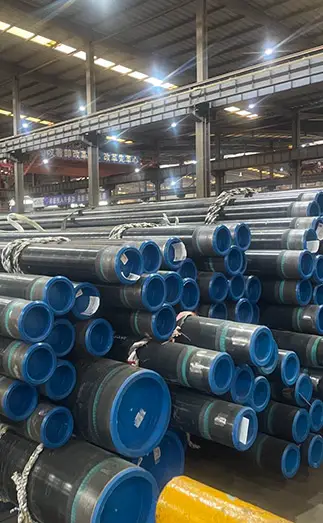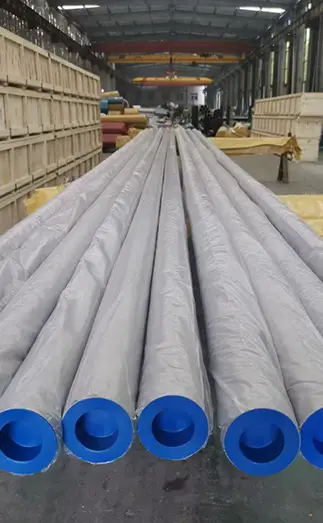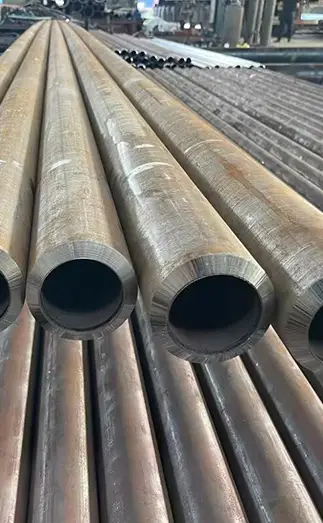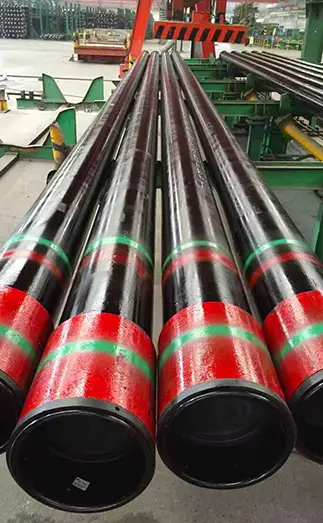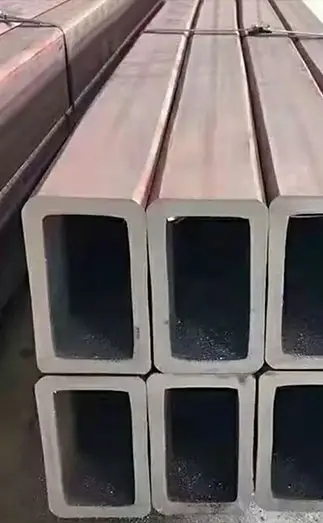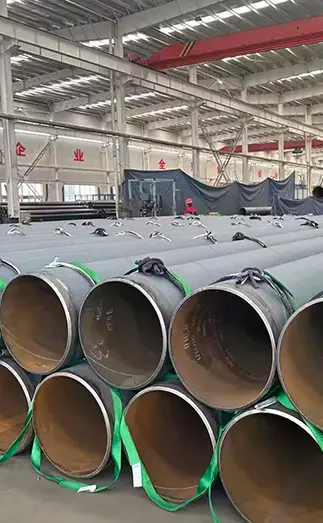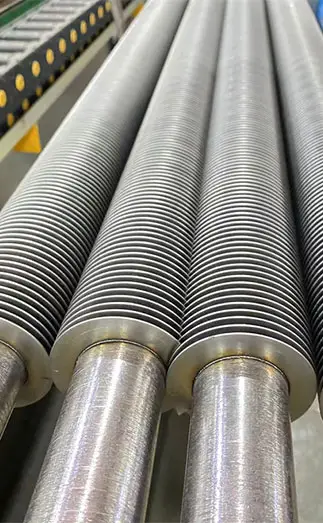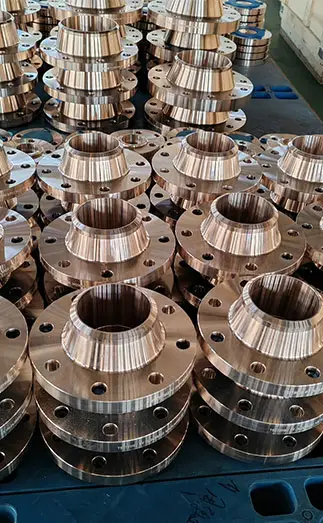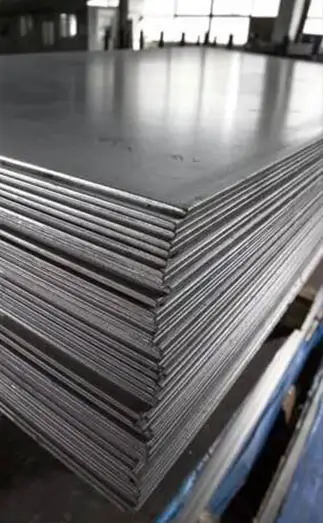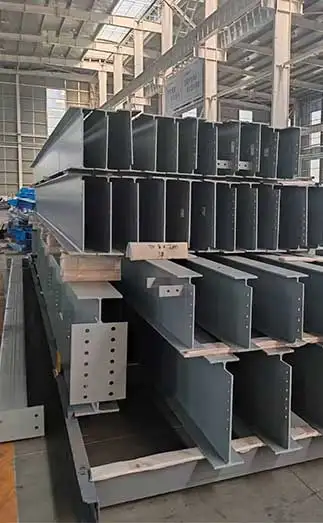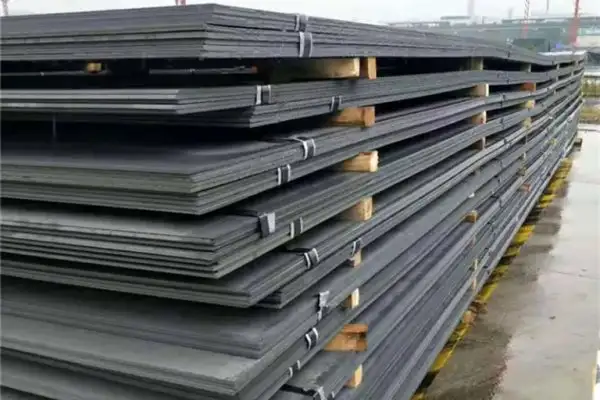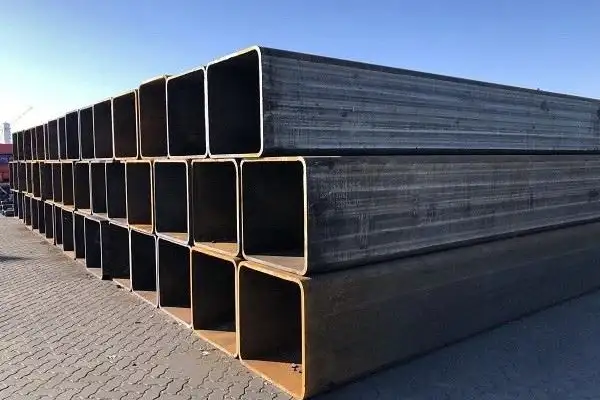Straight seam steel pipes have weld seams parallel to their length, characterized by a simple production process, high efficiency, low cost, and rapid development. They are categorized into high-frequency straight seam steel pipes (ERW) and submerged arc welded straight seam steel pipes (LSAW), with the latter further divided into types like UOE, RBE, and JCOE based on their forming methods.
Production Processes of Straight Seam Steel Pipes:
- High-Frequency Welding:
This process uses electromagnetic induction to heat the edges of steel until molten. After rolling, this enables inter-crystal bonding, creating a strong weld without fillers, resulting in minimal spatter and a narrow heat-affected zone. It is widely used due to its high-quality results.
- Submerged Arc Welding:
This method involves using a filler and flux for protection during welding. Capable of producing pipes with diameters up to 1500mm, LSAW processes include JCOE and roll forming. For larger diameters, double-welded (DSAW) pipes may occur.
Acceptance Procedures for ERW and LSAW Pipes:
- Preparation:
Classify, package, and label materials, and verify all accompanying documents before beginning acceptance.
- Appearance Inspection:
Check for surface quality issues like rust, unevenness, or scratches, ensuring surfaces are smooth and free of defects.
- Weld Quality Inspection:
Evaluate both the appearance and internal integrity of welds for issues like rust, cracks, and uniformity.
- Pipe Straightness:
Assess the straightness with tools like rulers or calipers, ensuring deviations meet standards.
- Dimensional Deviation Inspection:
Measure length, diameter, and wall thickness to confirm compliance with specifications.
- Chemical Composition Inspection:
Collect samples and analyze their chemical makeup to verify they meet required standards.
- Mechanical Performance Testing:
Conduct tests on strength, plasticity, toughness, and hardness to ensure the mechanical properties meet standards.
Conclusion:
A thorough acceptance process encompassing appearance, weld quality, straightness, dimensional accuracy, chemical composition, and mechanical properties is essential for ensuring the safety and quality of straight seam steel pipes in various industrial applications.



 English
English Español
Español Français
Français بالعربية
بالعربية
